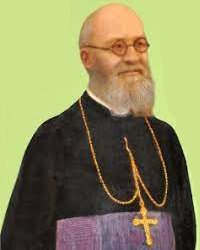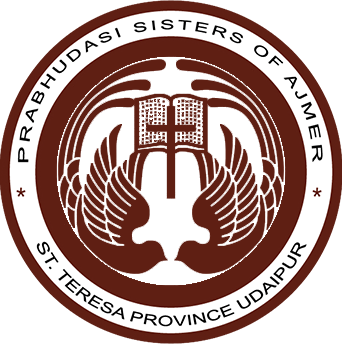Servant of God Bp. Caumont
Rt. Rev. Fortunatus Henry Caumont, our beloved founder, was born on 10th December 1871 in Tours, France. He joined the Capuchin Order on 1st August 1889 and was ordained a priest on 19th December 1896. Just a year after ordination, he was sent to India to serve in the Rajputana Mission. With firm missionary zeal and sensitivity to the plight of the poor and marginalized, he worked tirelessly to establish the Kingdom of God in this land. He was appointed the first Bishop of Ajmer in 1913 and served for 33 years, bringing hope, light, and dignity to countless lives. In response to the social restrictions hindering the spiritual upliftment of women, he founded the Prabhudasi Sisters of Ajmer, a bold and visionary move in the history of Indian missions. He passed into eternal life on 4th April 1930. In 2018, in collaboration with the Diocese of Ajmer and the MSA Congregation, the process of canonization for our Founder was officially initiated. Now he is Called Servant of God.

 St.Teresa Province Udaipur
St.Teresa Province Udaipur